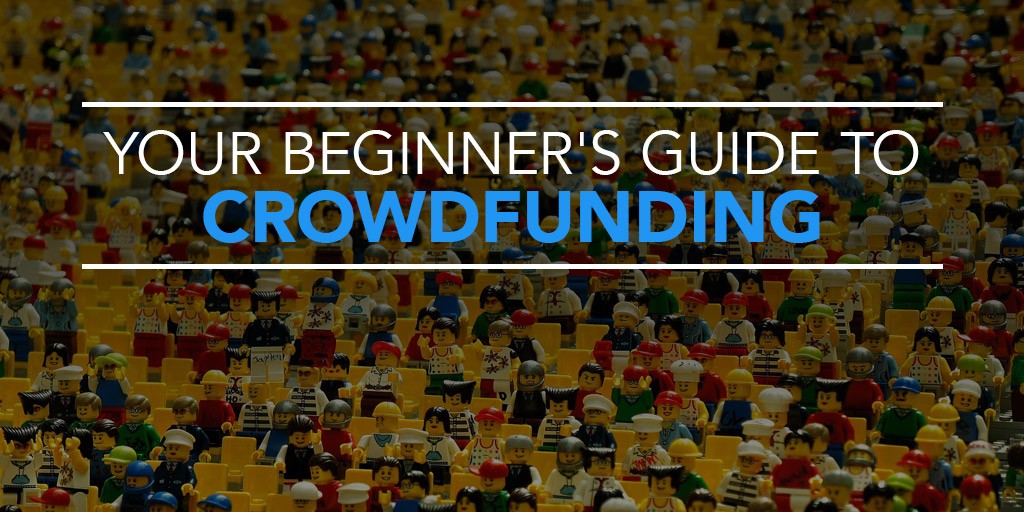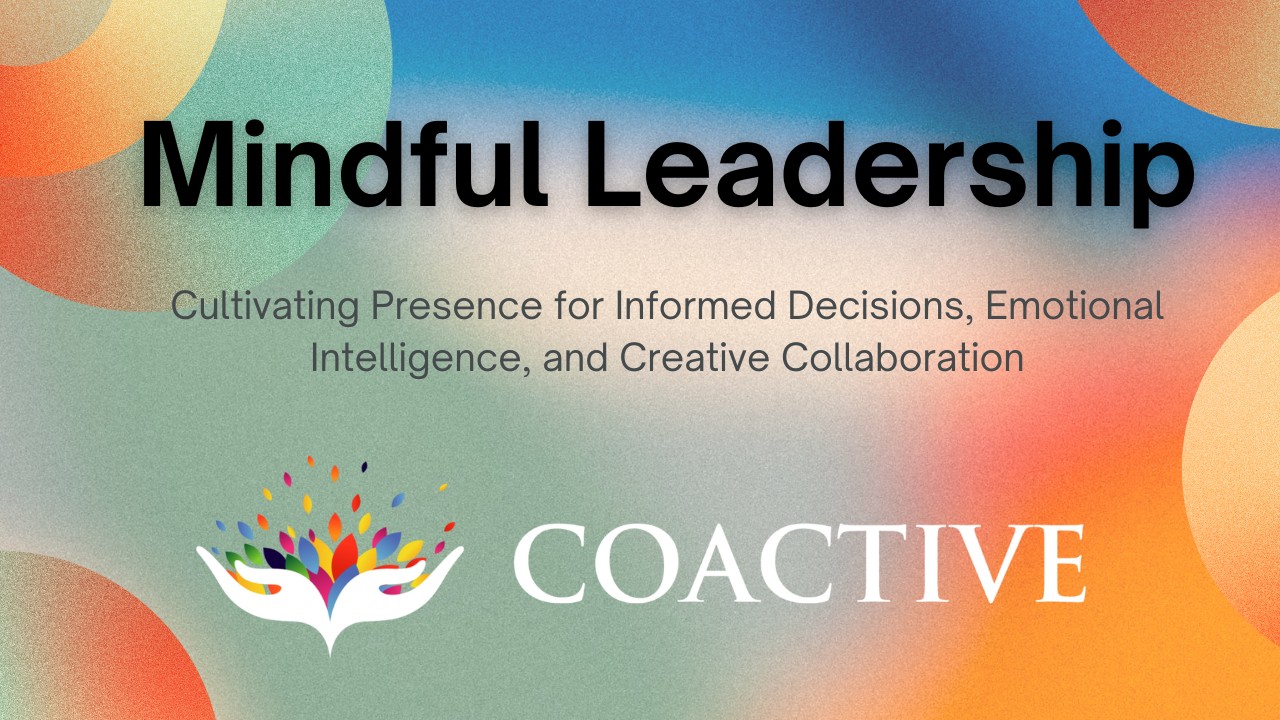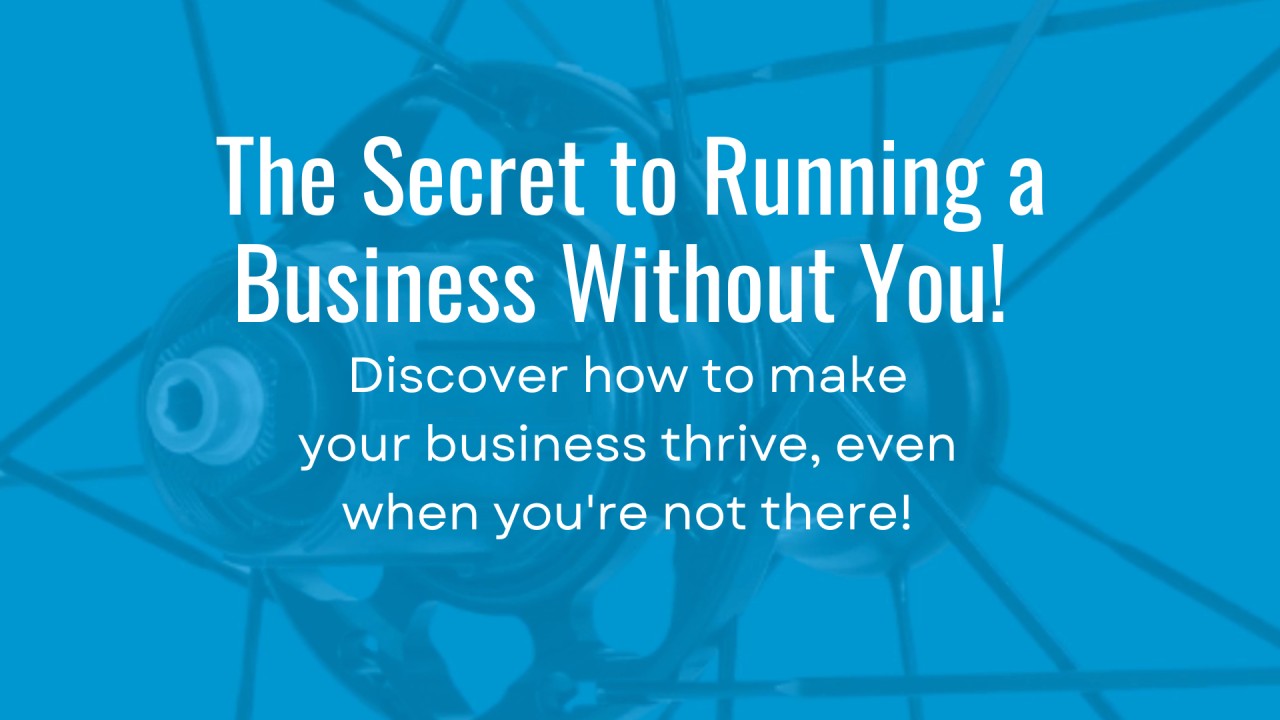Designing a business that feels human is not about adding a friendly tagline or installing a chatbot with a cheerful tone. It’s about embedding empathy, authenticity, and emotional intelligence into the very fabric of how a company operates. In an age where automation, scale, and efficiency dominate the conversation, the businesses that stand out are those that remember what it means to connect. A human-centered business doesn’t just serve—it relates. It listens, adapts, and responds in ways that make people feel seen, heard, and valued.
At the heart of a human-feeling business is a clear understanding of people—not just as consumers or employees, but as individuals with needs, emotions, and stories. This begins with how a company defines its purpose. When a business is built around a mission that resonates on a personal level, it naturally attracts people who believe in it. That shared belief becomes a source of energy and alignment. It’s the difference between selling a product and standing for something. A company like Warby Parker didn’t just enter the eyewear market with affordable glasses—it did so with a commitment to accessibility and social impact, which made its brand feel more like a movement than a transaction.
The way a business communicates also shapes its humanity. Language matters. Tone matters. When companies speak in jargon or hide behind corporate-speak, they create distance. But when they communicate with clarity, warmth, and honesty, they build trust. This applies to marketing, customer service, internal memos—every touchpoint. A human business doesn’t just inform; it converses. It’s willing to say “we’re not perfect,” “we’re learning,” or “we hear you.” These moments of vulnerability don’t weaken a brand—they strengthen it. They show that behind the logo is a group of people who care.
Customer experience is another critical dimension. A business that feels human designs its processes around real-life behavior, not just ideal scenarios. It anticipates friction, accommodates nuance, and makes it easy for people to get what they need without jumping through hoops. This means simplifying interfaces, offering support that’s empathetic and responsive, and treating complaints not as threats but as opportunities to improve. When a customer reaches out with a problem, the goal isn’t just resolution—it’s connection. Companies like Zappos have built reputations not just on their products, but on how they make people feel during every interaction.
Internally, a human business prioritizes culture. It recognizes that employees are not just resources—they’re the heartbeat of the organization. This means fostering environments where people feel safe to speak up, take risks, and be themselves. It means valuing emotional well-being as much as productivity. Leaders in human-centered businesses don’t just manage—they mentor. They listen, support, and create space for growth. When employees feel respected and empowered, they bring that energy to their work, and it radiates outward to customers and partners.
Designing a business that feels human also involves embracing imperfection. Perfection is sterile; humanity is messy. Businesses that acknowledge their flaws and show a willingness to evolve are more relatable. They don’t pretend to have all the answers—they invite collaboration. This openness fosters loyalty, because people are drawn to authenticity. They want to support brands that reflect their values and acknowledge their humanity. Patagonia’s environmental activism, for example, isn’t just a marketing strategy—it’s a reflection of the company’s identity, and it resonates because it’s real.
Technology can support or hinder this effort, depending on how it’s used. Automation can streamline operations, but it should never replace empathy. Digital tools should enhance human connection, not dilute it. A well-designed app or website should feel intuitive, respectful, and responsive. It should reflect an understanding of the user’s context and needs. When businesses use data to personalize experiences, they must do so with transparency and care. Privacy, consent, and respect are non-negotiable. Technology should serve humanity, not the other way around.
The physical environment also plays a role. Whether it’s a retail space, an office, or a pop-up event, the design should invite comfort and connection. It should reflect the brand’s personality and values. A coffee shop that feels warm and welcoming encourages lingering conversations. An office that prioritizes natural light and collaborative spaces fosters creativity and camaraderie. These design choices aren’t superficial—they shape how people feel and interact. They signal that the business cares about the experience, not just the outcome.
Ultimately, designing a business that feels human is about intention. It’s about choosing to prioritize relationships over transactions, meaning over metrics, and empathy over efficiency. It’s not a one-time initiative—it’s a way of operating. It requires listening deeply, acting thoughtfully, and staying curious. It means asking not just “What do we want to achieve?” but “How do we want people to feel?” When businesses make that shift, they don’t just perform better—they matter more. They become part of people’s lives in a way that’s lasting and meaningful. And in a world that often feels impersonal, that kind of connection is a powerful differentiator.





